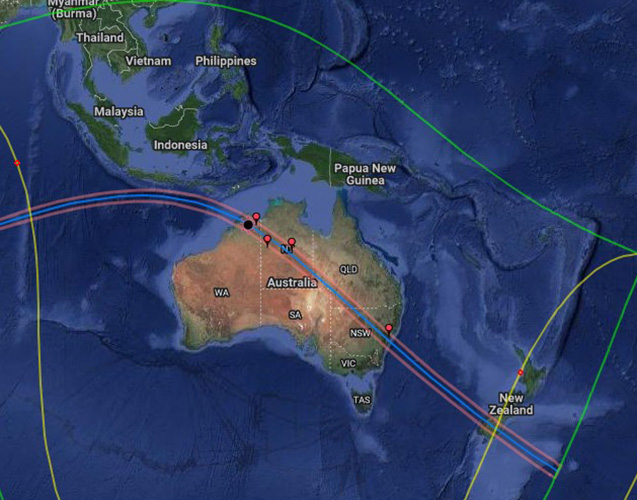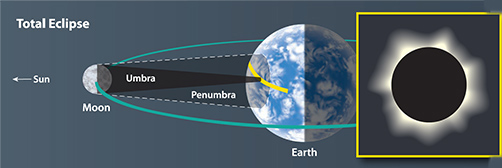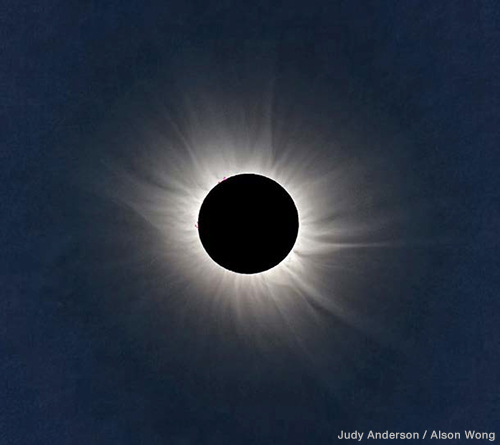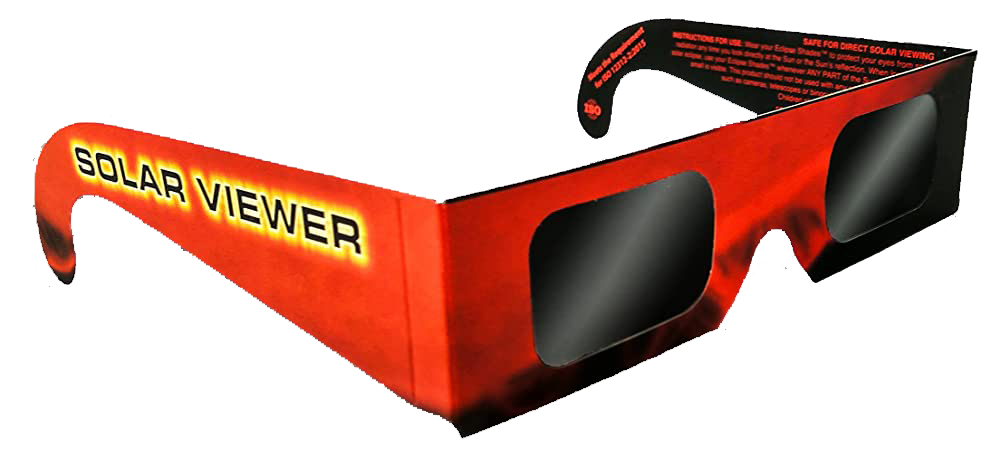COUNTDOWN TO TOTALITY*
Day(s)
:
Hour(s)
:
Minute(s)
:
Second(s)
COUNTDOWN TO TOTALITY*
Day(s)
:
Hour(s)
:
Minute(s)
:
Second(s)
The next Australian Solar Eclipse occurs on 22 July 2028
A total solar eclipse will occur over Australia on 22 July 2028. This is the second in a series of five total solar eclipses in Australia between 2023 and 2038. (The first was on 20 April 2023).
* The countdown timer above is set for 22 July 2028
The path of the total eclipse on the Australian mainland will cross the Kimberley region of Western Australia then continue on across the Northern Territory, south-west Queensland and into New South Wales passing directly over Sydney.
This rare and spectacular phenomenon is probably the most awe inspiring event in the natural world.
Total Solar Eclipse Sequence
The process of the moon moving across the face of the Sun takes up to about three hours, but the time of totality when the Sun is completely obscured by the moon will last for up to a little over 5 minutes in the Kimberley area to up to 3 minutes and 45 seconds in the Sydney area (exact times depend on your location).
Observers at the 2028 Total eclipse can expect to see the Sun’s bright disc slowly being covered by the silhouette of the moon to produce a diminishing solar crescent.
Just as the last of the Sun disappears behind the moon, two interesting optical phenomenon will occur, known as Baily’s Beads and the Diamond Ring Effect. This is when the final rays of sunlight pass between the rugged lunar topography.
See HERE for what to expect during a total eclipse.
Check the interactive map below to see the path and timing of the total eclipse across Australia.
At the same time the whole of Australia will experience a partial solar eclipse – a solar eclipse seen from within the Moon’s penumbra, where the Moon appears to block part (but not all) of the Sun’s surface (the photosphere).
During a partial eclipse there is some reduction in brightness due to the Moon covering the Sun’s disc. However this is usually not noticeable unless the reduction is large.
The interactive map below will show you the times of the partial eclipse and how much of the Sun’s disc will be blocked at any location.
Do not look at a partial eclipse or the partial phases of a total eclipse – use eclipse glasses or a projection method, as described HERE.
See HERE for what to experience during a partial eclipse.
Where To View The Australian Solar Eclipse 2028
The shadow of the moon will cross the Australian continent from northern Western Australia right through to Sydney. There are many places along the path of totality from which to view the total eclipse.
For more details see HERE.
Use the interactive map of the 2028 eclipse below to see the path and timing of the total eclipse across Australia. Zoom in and click on any location in the path of totality to show a pop up box with the time and duration of the total eclipse as well as the times of the start and end of the partial phases. Note that the times are in Universal Time, but that can be changed to local time by clicking on the clock icon on the left hand side of the screen. For locations outside the path of totality the pop up box will show the timing of the start and end of the partial eclipse and maximum coverage of the Sun. (The magnitude figure is the maximum coverage of the diameter of the Sun).
Path of Totality – Google Earth/Xavier Jubier
The Solar Eclipse Experience
After months of waiting, the eclipse is here. But now things are happening quickly! What should I expect? What should I be looking for? Here we take you through the whole event, step by step.
A Solar Eclipse Occurs
How to View an Eclipse Safely
Looking directly at the Sun can cause permanent eye damage and even blindness. The reduced light during a partial eclipse can tempt us to take a peek. But this is dangerous. Here we tell you how you can safely view an eclipse and maximise the experience.







